Capturing and curating family histories with the help of AI and some common sense
A few simple guilt-free solutions
"There is no greater agony than bearing an untold story inside you." Maya Angelou
Brad Pitt also eloquently stated, "A family is a risky venture, because the greater the love, the greater the loss. That's the trade-off, but I'll take it all."
Five years ago, I gave a talk on the coming of AI, speaking about it in rather general future terms. Much has changed since then, and I recently had the opportunity to apply what I have learned about AI to my life by capturing personal and family histories. These are the notes from a talk I gave, and here is a link to the video on Facebook. The event was streamed.
Both of my parents have passed so the question of what to do with hundreds of loose paper photographs, photobooks, and family memorabilia became the new reality.
The Dilemma
Sooner or later, many of us face a problem that demands an answer:
What to do with all these photos sitting in boxes? And for those who grew up in the all-digital world, what to do with literally thousands of digital images on our phones, tablets, and personal computers?
I remember the smell of old paper photographs and instantly start thinking about my visits with my grandparents and now my parents. My sister and I had the not-so-joyous task of looking through piles of paper photos and memorabilia to decide what to keep.
With Mom and Dad gone, we had no clue who was in most of the pictures, except for the ones with notes on the back. If we were lucky, we found a handwritten note with a name, time of year, and location. Once in a while, there was more. Boy did I wish I had captured more audio of Mom talking about our relatives? Sigh …
My mind started to spin with ideas on how to resolve a fundamental issue: 'What to keep?’ Truthfully, the vast majority of the pictures held no significance to us, so why keep them? But then there were pangs of guilt about not keeping everything. What bothered me was that even if I did keep them, where would I put them, and would the grandkids care given they would know even less about our past histories?
When I think about the thousands of digital photos I have on my computer, I start to panic because I know when the time comes, my kids and grandkids will pluck a small handful of images for themselves and then delete everything on the drive. Right? Delete *.*
The Calling
While at my sister's, attempting to look over that huge table of photos, I had an insight that hit me hard when I discovered three obituaries - my father's, his father's, and his grandfather's - sitting on this vast table of unfamiliar photos. I put all three on a single sheet of white paper and silently read them, repeatedly, hoping to learn something about their lives. Staring at me was the reality that I hardly knew all three of them very well. What came up was a desire for this to be different for my kids and grandkids when my time comes. I felt drawn to finding a solution to curate a few good stories about myself and my life's journey. And in a way that the kids and grandkids might feel compelled to keep these stories easily, in digital form. There has to be a way. Everything is digital now.
This experience felt like there was a jigsaw puzzle of life’s moments with no picture on the box to show me how it fits together. How should I proceed?
Gaining Insight
Recently, I recorded a podcast interview with author Michael O’Krent about his book "Conversations You'll Never Forget," where he highlights the importance of recording family stories before it's too late. He often hears people lament, "I wish I'd met you when my grandmother was still alive. She had the best stories." Once those stories are gone, they're gone forever.
I wanted to learn more about Mike and see if he was using any AI tools in his work of capturing family histories. And he is! Check out this interview I did with Mike, "Digital Legacies: The Intersection of Technology and Personal Histories - Exploring how Technology and AI Transform the Preservation and Sharing of Family Stories." You might also want to catch his TEDx talk on the same topic. He's a wonderful speaker and a talented interviewer who learned how to interview Holocaust victims through Steven Spielberg’s organization.
Mike generously shares several DIY ways of capturing personal and family histories. This isn't about genealogy; it's about stories, short and long, in text, audio, and video where possible.
A breakthrough thought
So back to this dilemma of which images I keep and why. Do I put them in a picture book? I think not. The kids will round-file those someday. I didn't want them. What did I really want? Which one are keepers? So many questions. I wanted to provide something of value value for 10, 20, 30+ years from now for grandkids and beyond.
I thought about taking a digital photo of a bunch of old photos so I had a digital copy - but why? That seems like a smart idea at first, but I realized over time that is dodging the main point. What is the value of the images I'm keeping if there are no words or little stories associated with them? A few words written next to an old photo provide a modicum of context and insight into a relative's past. It wasn't much but way better than nothing, and this is where my concept started to form: a few words are better than none. Pick a few photos, write about those, and let the rest go.
Start Simple, Keep It Simple
Here's my suggestion: Let go of the idea that you need to do something with every single photo. As you feel inspired, choose one or two images per decade or a major family event that speaks to you. Sit down at your computer and write a sentence or two, more if you get inspired paragraphs about why those images are meaningful. Or hand write it, tape some photos to the paper you wrote on, and take a digital snapshot of that. Remember to share it via email or whatever way you can.
Keep it simple. Write one sentence or two that relays a personal impression of that time in your life. You can use Word or PowerPoint or anything that you feel comfortable using that allows you to drop photos and text. Then save them as a PDF.
I use a free tool called Craft.do to store my writings with photos and audio files and that system saves everything in a universal format called Markdown. I put each question and my little story in a CRAFT.do and I make periodic backup copies.
Sharing your stories with one or more relatives so they have a copy, even if you know they will not read them, yet. If you want to get more sophisticated, keep a copy of all the stories with the images on a thumb drive, but make a copy of that periodically and duplicate a copy with a relative.
Enter Storyworth
The super simple solution is - to get Storyworth. This is not an affiliate link, btw. If you're having a mental block or lack some inspiration, ask the kids for a birthday or holiday gift: a subscription to Storyworth.com. It's reasonably priced and I use it. For an annual fee, they send weekly prompts to you (or any relative), encouraging you to record stories and memories. The questions range from funny to serious, and they often make you stop and think. At the end of the year, the stories are compiled into a physical book. While a book is nice, I'm more interested in preserving the digital record as something that can be passed down to future generations. That application runs on Mac and PC and the stories are saved in Markdown format, which is a very simplified (though universally transferable) version of Microsoft Word. But, Storyworth will save the files for you too on their system if you want to keep this simple.
Storyworth sends me a question each week. As time permits, I pluck one or more photographs from the overflow of past photos of me, the family, and other relatives that fit with the question. To keep this quick and simple, I pick images that call to me. The rest, I can let go of at some point and not feel guilty.
How much do I write? It depends. I can get wordy at times (guess you noticed that here), and other times I just jot down a sentence or two. Storyworth keeps copies of everything for do and distributes it to others that you put on the mailing list - automatically.
But What About the AI Tools?
I've put this at the end because I want you to know that you can capture ideas and stories around your photos easily without AI. If you don't want to write, you can simply record the audio on your phone. Just make sure you pull a copy of those audios off your phone for future listening and transcribing.
Mike O’Krent talks about it in our interview. He’s a big fan of recording voices on one’s smartphone. It’s simple and fast and everyone has one nearby.
My favorite tool for transcribing audio to text is MacWhisper, which is free with an optional Pro upgrade. Other vendors offer Windows software for transcription. It was only a year ago that you had to pay a significant amount of money to transcribe audio. Now, it's free.
I uncovered a taped conversation between my grandparents and uncle from 1959, a real audio-based cultural snapshot of life. Shreveport LA. You can hear the radio playing in the background. It was a 30-minute 7-inch reel-to-reel tape. One side was Mimi and Poppy talking to their son who was Air Force stationed in Japan in 1959. He would listen to the tape, flip it over, and record himself talking about his life in Korea. I converted everything to text using the MacWhisper AI transcription tool for safekeeping, and yes, I made copies. Later I asked ChatGPT to analyze the conversations and tell me more about the history of that time.
Today, we all have phones so capturing the voice of a relative or friend is easy. You don’t have to transcribe it. Just capture it and transfer the audio files to a WORD document paired with a photo. Or if that’s a problem save it in a directory on your hard drive and give it a descriptive label. You don’t want those memories to disappear forever. Some people will prefer putting everything into a WORD document and leaving it as is. You can always add more later. No pressure. But always share all the files with someone else as a backup. That’s critical.
AI tools like ChatGPT can help fill in historical details and context when you're feeling stuck. I used it to learn more about the history of the Piggly Wiggly grocery chain. We rode our bike rides to one nearby as kids. The one near us had a Baskin and Robbins 31 Flavors Ice Cream right next door. I wanted to know some history and build a short story around those experiences in the mid-1960s. I also used ChatGPT to help create stories about ranching in the 1920s to explore and enhance what great-granddad did in the Beaumont Texas area. He must have experienced the transition from ranching and farming to the Spindletop oil boom that transformed the entire economy back then.
When my dad was young, he worked for his dad driving the truck you see above delivering ice. I never could get Dad to talk about those times so I asked ChatGPT to help illustrate what it was like when my grandad delivered ice in Beaumont, Texas. He owned the Magnolia Ice House in the mid-1900s, and back then, people had 'ice boxes' because they didn't have a freezer or likely any electricity for refrigeration, especially if they lived in a more rural area.
I hope this has inspired you to start documenting your own family's history, one story at a time. The tools and technology available today make it easier than ever to preserve these priceless memories for generations to come. All it takes is a first step. Keep it simple and have some fun with it. Now you can let go of that nagging guilt of believing you have to keep ALL those photos which, very likely, will get tossed out at some point unless there is a story with a few of them!
Thomas
Our stories have meaning and deserve to be shared, especially with our families.



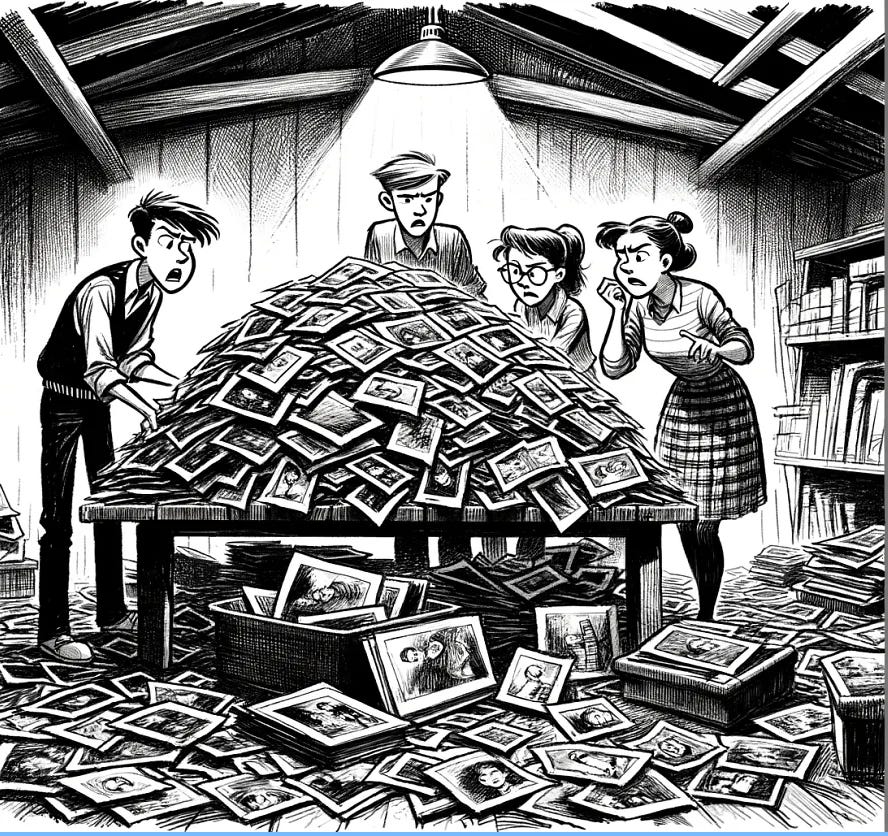
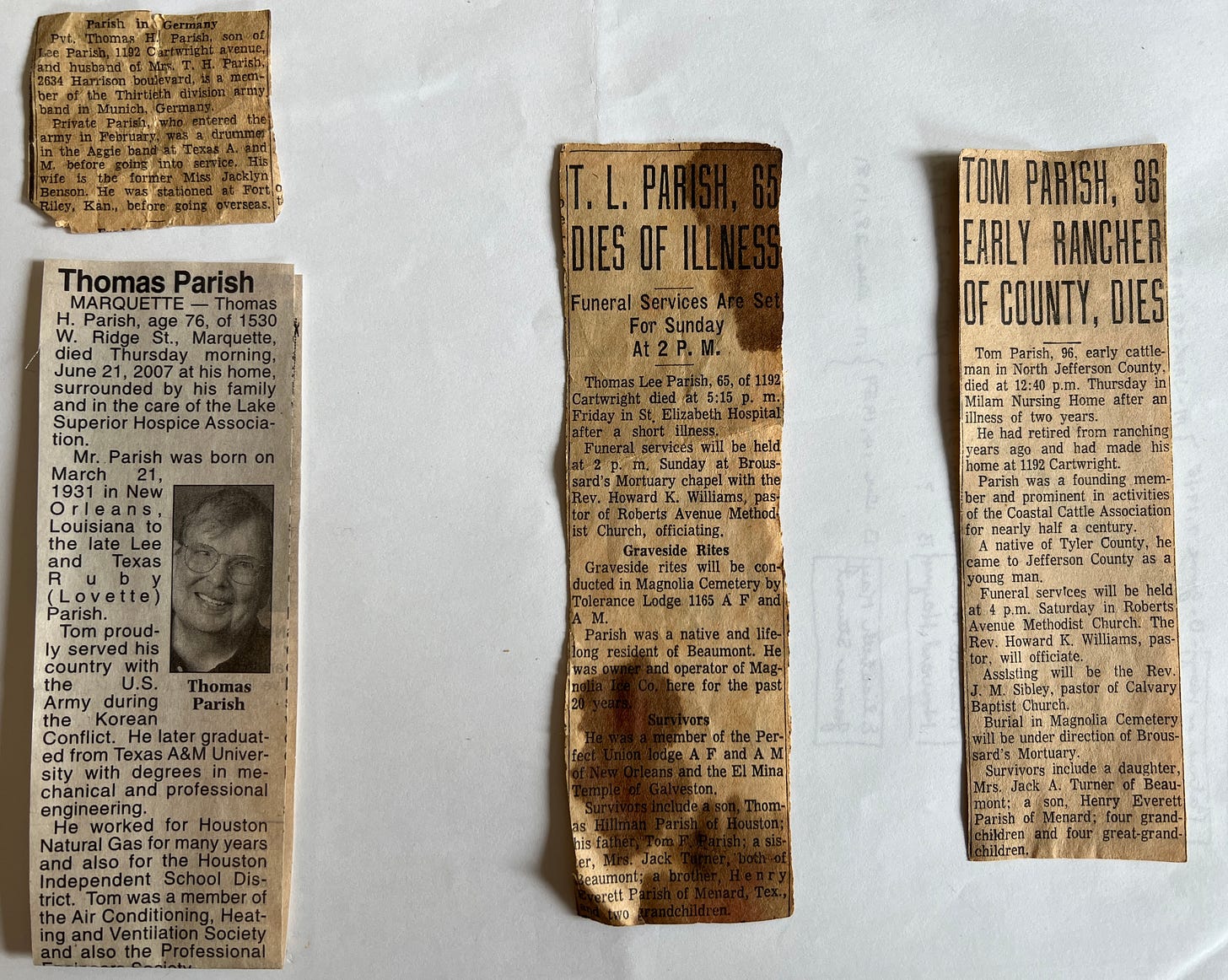
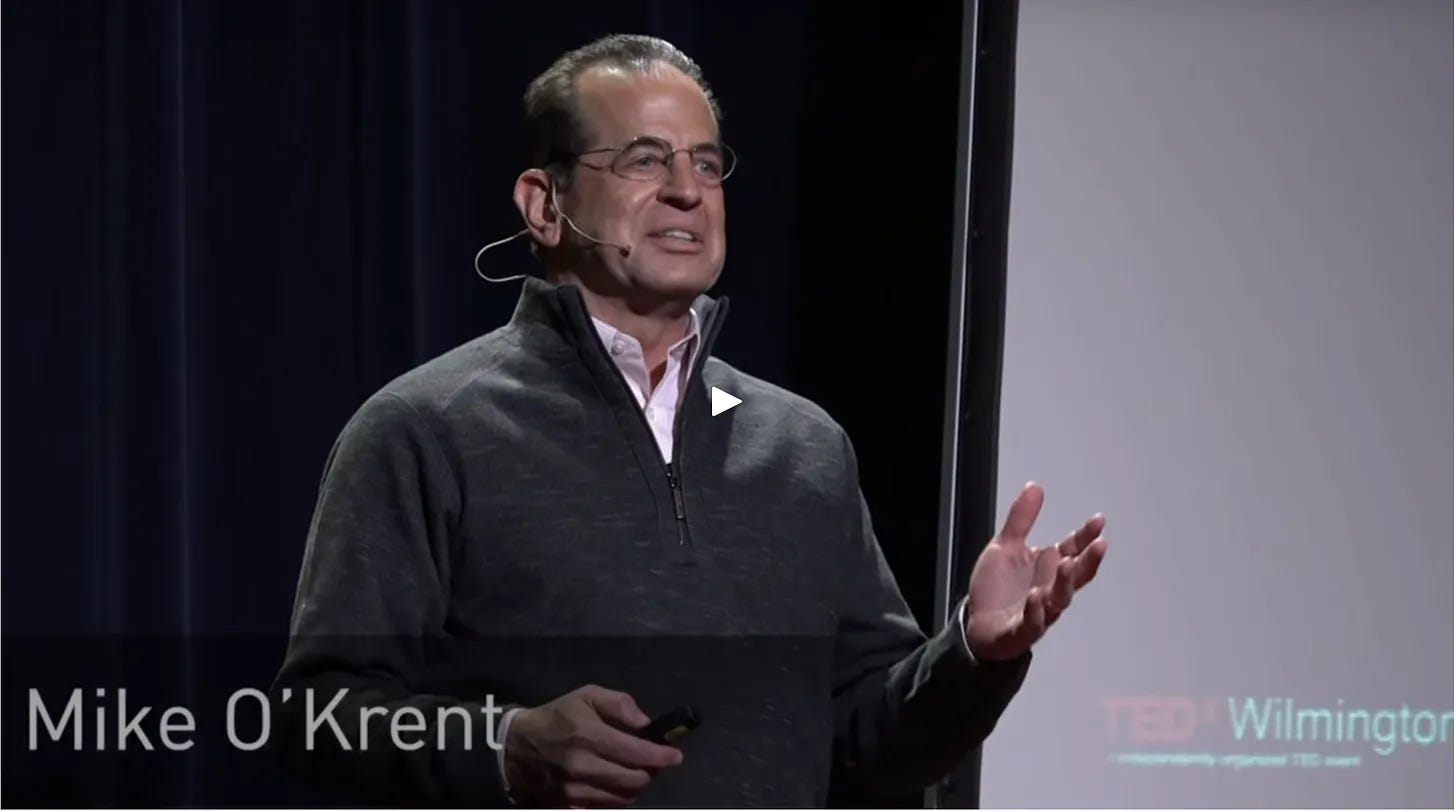
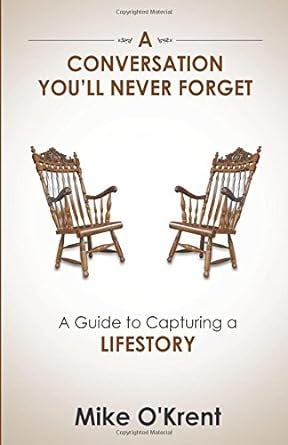
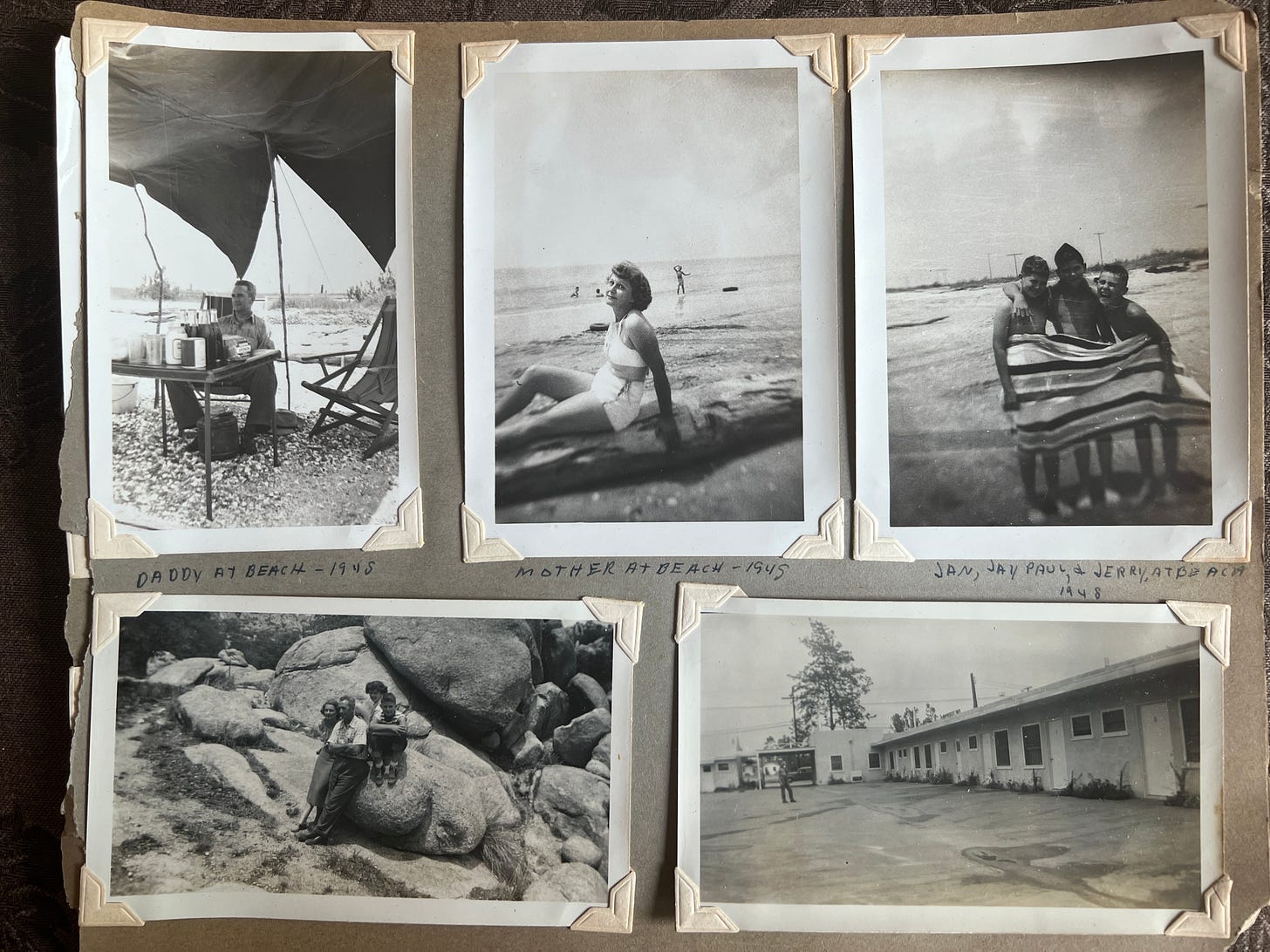
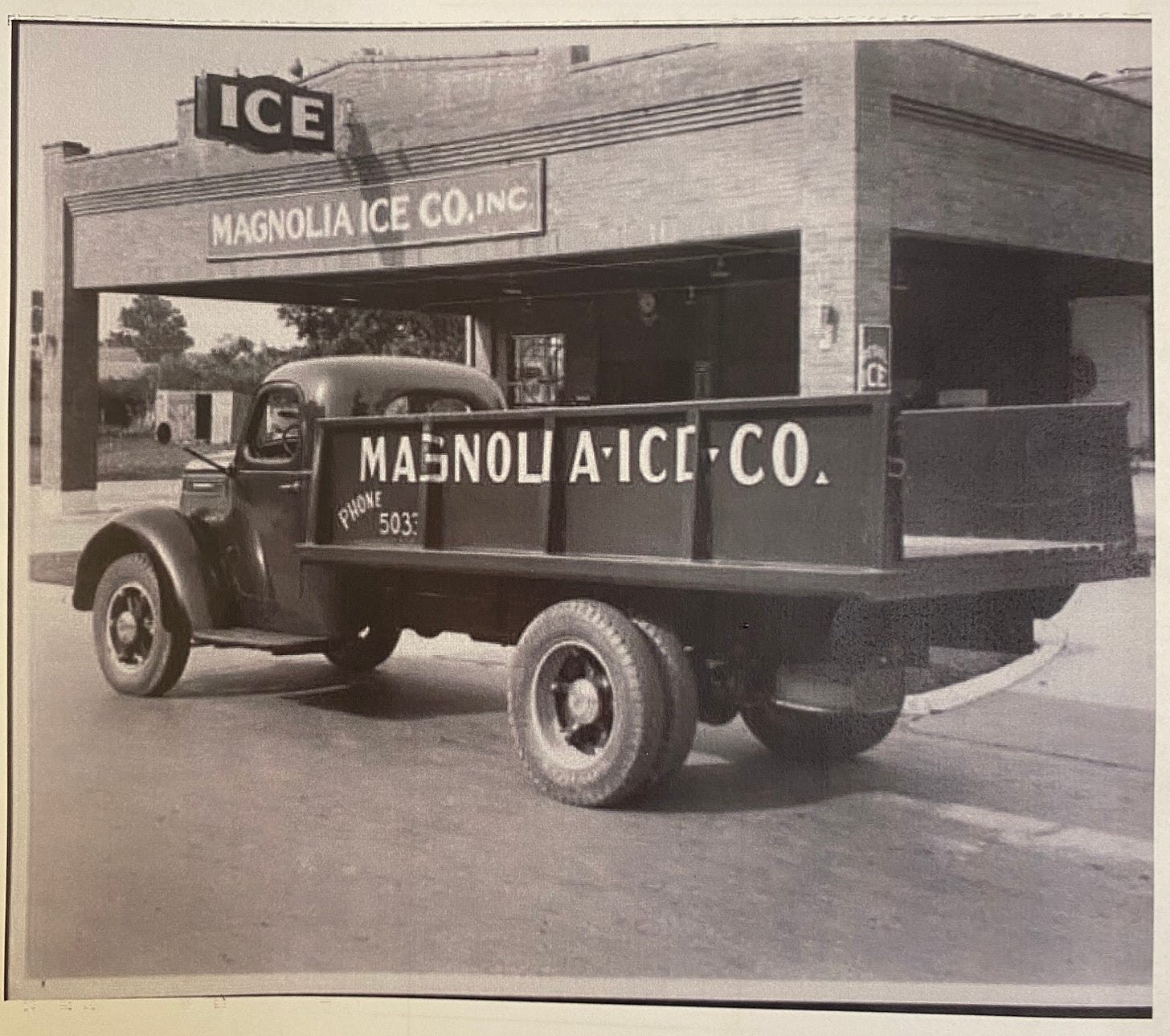
Wow, Tom, this was a rare find! "I uncovered a taped conversation between my grandparents and uncle from 1959, a real audio-based cultural snapshot of life. Shreveport LA. You can hear the radio playing in the background. It was a 30-minute 7-inch reel-to-reel tape. One side was Mimi and Poppy talking to their son who was Air Force stationed in Japan in 1959. He would listen to the tape, flip it over, and record himself talking about his life in Korea."
Great advice on saving meaningful memories. @KevinFerguson, you and other family genealogists might find this interesting?